 | March 2019
Substance Use Snapshot
Vaping
|
|
|
The current legal smoking age in B.C. is 19. It is against the law to sell, give or provide any tobacco and/or vapour products to anyone under the age of 19.
|
|
|
|
|
|
|
Vaping is the act of inhaling and exhaling an aerosol produced by a vaping product, such as an electronic cigarette. Vaping doesn’t require burning like cigarette smoking. The device heats a liquid into a vapour, which then turns into aerosol. This vapour is often flavoured and can contain nicotine.
|
|
|
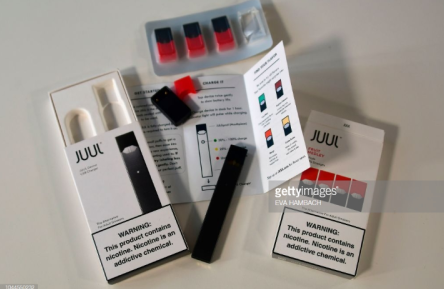
| Vaping devices are usually battery-powered.They may come with removable parts. Vaping products have many names, including:
mods
vapes
sub-ohms
vape pens
e-hookahs
tank systems
electronic cigarettes
e-cigarettes
electronic nicotine delivery systems (ENDS).
|
|
|
|
They may also be known by various brand names. The most common vape product for youth is JUUL
(72% of e-cig market). A single Juulpod commonly contains 40ml of nicotine (similar to a pack of cigarettes) and there are also 23 mg pods. Just like cigarettes, there is a great variation in terms of consumption rates
|
| |
|
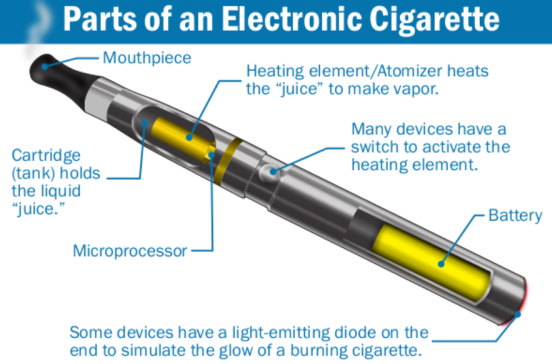
| Most vaping devices consist of a:
- battery
- mouthpiece
- heating element
- chamber, such as a tank or reservoir to contain a liquid solution
Most vaping devices use electrical power from a battery to heat a liquid solution. The heat causes the solution to become vaporized. The vapour then condenses into an aerosol, which is breathed in by the user through the mouthpiece.
|
|
|
Vaping devices are available in many shapes and sizes. Some are small and look like USB drives or pens, while others are much larger.
There are two kinds of vaping devices: open, which means they can be refilled, closed, which means either the whole product, or the part that holds the vaping substances, can’t be refilled.
|
|
|
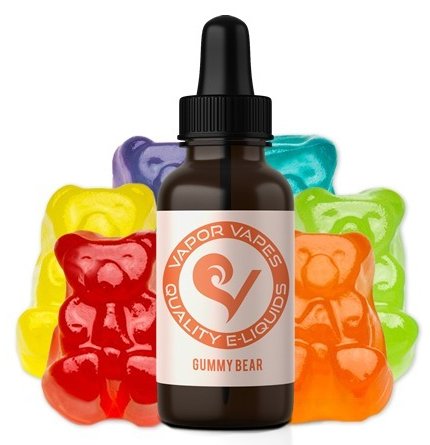 |
VAPING LIQUIDS AND SUBSTANCES
Most vaping substances available for sale:
- are flavoured
- contain nicotine
- are liquids, but some are offered as wax or herbs
In vaping liquids, nicotine and/or flavouring compounds are dissolved in a liquid mixture. This mixture is typically propylene glycol and/or glycerol (vegetable glycerin).
In the vaping substances that contain nicotine, the level of nicotine can vary widely. Some mixtures have:
- very low levels of nicotine
- more nicotine than in a typical tobacco cigarette.
|
|
|
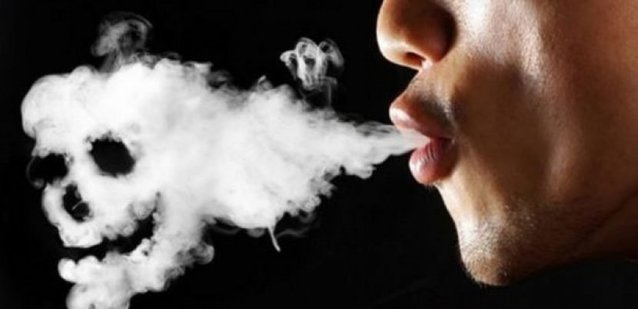 |
CONTENTS OF VAPING VAPOUR
Vaping products produce an aerosol that may contain dozens of chemicals. The ingredients typically found in vaping liquids are also found in the aerosol. They include:
- glycerol
- flavours
- propylene glycol
- nicotine (possibly)
(Government of Canada, 2018)
|
|
|
|
NICOTINE AND ITS EFFECTS
Nicotine is only one of more than 4,000 chemicals in tobacco, but it is the major component that acts on the brain. The lungs readily absorb nicotine from the smoke of cigarettes, cigars, or pipes. The tissues of the mouth can also absorb nicotine when a person smokes cigars or pipes, or chews tobacco.
Nicotine reaches the brain within seconds and has a direct effect on the body for up to 30 minutes. When a person uses tobacco regularly, the levels of nicotine accumulate in the body during the day and persist overnight, exposing the person to the effects of nicotine for 24 hours.
|
| |
|
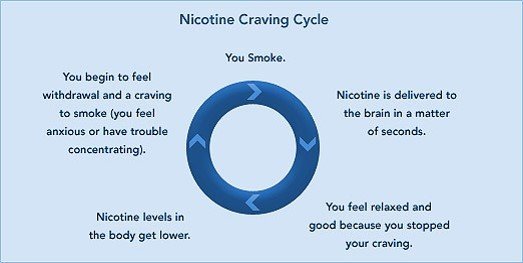
| In the body, nicotine acts as both a central nervous system stimulant and sedative. The person immediately feels the stimulant effect and pleasurable sensation. It increases alertness, relaxes muscles, improves memory and attention, and decreases irritability. The stimulant effect causes a sudden increase in blood pressure, breathing rate, and heart rate. The central nervous system stimulation is followed by depression and fatigue, causing the person to want another cigarette.
|
|
|
Nicotine is one of the most addictive substances. Some people show early signs of addiction within days to weeks after starting to smoke. Repeated tobacco use causes a need for increasingly large amounts of nicotine to feel the same effect (tolerance) and withdrawal symptoms if the person tries to quit.
|
|
|
|
 | Smoking affects a person's appearance by causing bad breath, yellow teeth and fingernails, and wrinkles. It also affects a person's fitness and stamina level. Tobacco also leads to serious health problems, including:
- Long-term (chronic) cough, shortness of breath, and wheezing.
- Increased risk for heart disease, lung and other cancers, stroke, and emphysema.
- Increased risk for upper respiratory infections like the common cold, the flu, and sinusitis.
|
| |
|
|
|
MYTH: The vapour exhaled from a vaping device is just water?
Vaping products do not produce smoke or steam, but rather an aerosol consisting of fine particles, containing varying amounts of propylene glycol, glycerin, flavourings and other chemicals. Some of these have been linked to cancer, respiratory and heart disease.
MYTH: E-juice does not contain nicotine.
People who use vapour products may be reassured by “nicotine-free” labels on the liquids. Tests performed by Health Canada found that about half of e-juices that were labelled “nicotine free” actually contained nicotine.
MYTH: Vapour products are harmless.
Vapour products are marketed as a harmless alternative to smoking. However, Health Canada states that there are health risks linked to chemicals found in vapour products and long term effects of vaping are still unknown. Even small amounts of e-juice can be poisonous to a young child if ingested and can be toxic if spilled on the skin.
FACT: It is illegal to purchase vapour products for minors.
Vapour devices and liquids are readily available to buy on the internet or at local retailers. It is AGAINST THE LAW to sell, give or provide any vapour products to someone under the age of 19. If you suspect someone is providing vapour products to minors, please contact Island Health Tobacco And Vapour Prevention and Control at 250-519-3426.
|
|
|
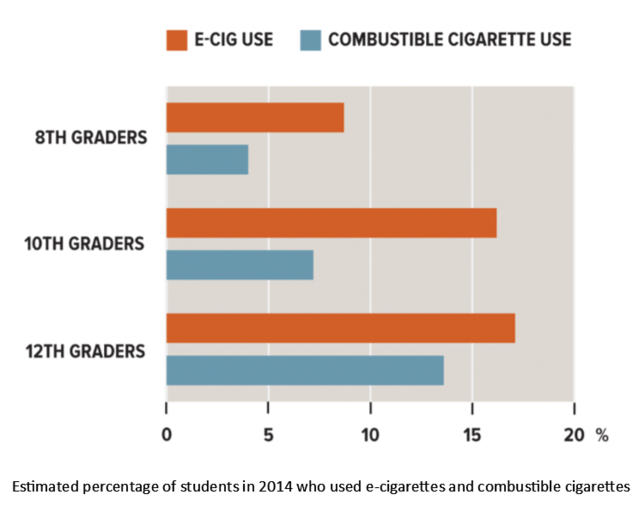
|
FACT: More youth aged 15-19 have tried vaping than smoking tobacco.
Smoking rates have steadily declined in Canada and BC, but vaping among youth is on the rise. About one in four Canadian youth aged 15 to 19 years report having tried an electronic cigarette.
FACT: Vapour devices can be used to inhale illicit substances.
Newer generations of vapour devices can be altered for use with cannabis or its components (THC, hash oil) or other substances.
|
|
|
|
FACT: Youth vaping may lead to tobacco use.
Nicotine is a highly addictive substance. Youth are more vulnerable to addiction because their brains are still developing. There are concerns that adolescent vapour product users may begin smoking tobacco products. A new study by the University of Waterloo found that teenagers who vape have double the risk of smoking tobacco cigarettes.
|
| |
|
|
|
|
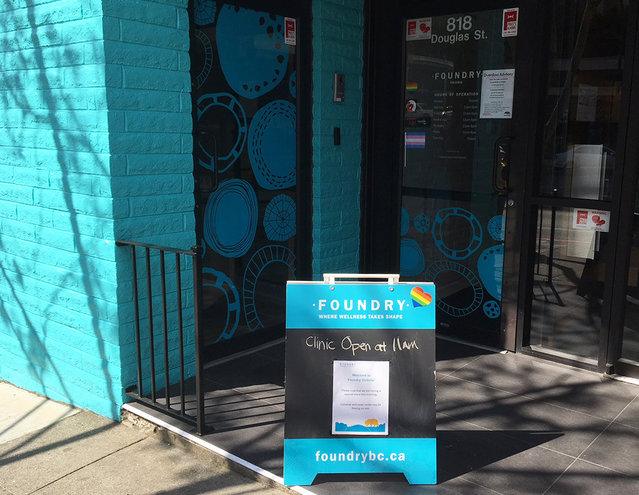 |
FOR YOUR INFORMATION Re: January Fentanyl Snapshot
Together The Foundry Victoria and Camosun College are offering free Naloxone Training for youth.
When: March 13, 2019
Time: 5:30-7:00 pm
Location: 818 Douglas Street
Free Naloxone Kits will be distributed after the training.
For more information contact the Foundry at 250-383-3552
|
| |
|
|
|
|
|
The Greater Victoria School District is committed to providing safe and healthy learning environments for all students. As part of our approach, we have been focusing on mental health and substance use topics to help us promote well-being in our schools.
Substance use is a complex topic that often highlights varied philosophies, myths, and a great deal of fear. The research shows us that early interventions, particularly around critical thinking and decision making, has an impact on delaying use in youth. As well, open dialogue with adults, intentionality around attachment, and a focus on the
| factors that contribute to substance use, as opposed to the actual substances, also prevent, delay and reduce substance use in our students.
Our goal is to create a more cohesive, systematized substance use plan focusing on social emotional learning, that includes our youth and schools, community partners, and families. We strive for a shared vision, common language and consistent messaging over time, in order to support positive youth culture and a healthy perspective on substance use and mental health.
In B.C. the legal age for alcohol and cannabis consumption is 19 years old.
|
|
|
|
|